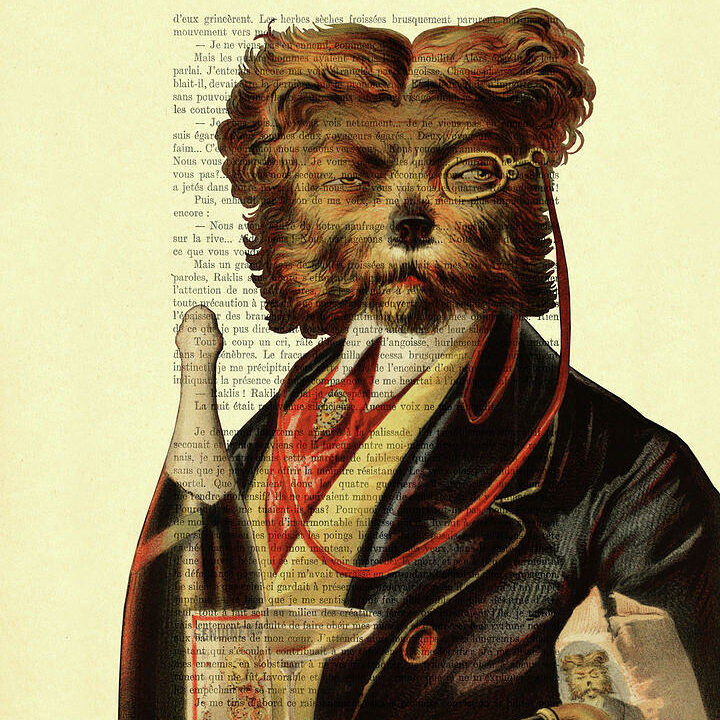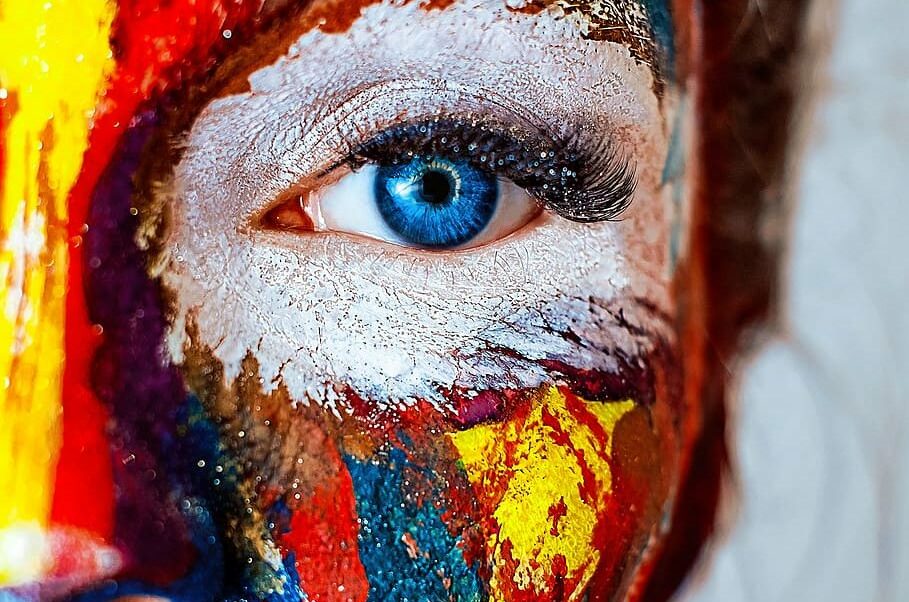Memoir
Get Back to the Book
About the Author: Donna Levin is the author of Extraordinary Means (William Morrow), California Street (Simon & Schuster) and the recent best-seller, There’s More Than One Way Home (Chickadee Prince Books 2017). Her new novel, He Could…
Read MoreWhat is the Plot of a Story?
The plot of a story defines the sequence of events that propels the reader from beginning to end. Storytellers have experimented with the plot of a story since the dawn…
Read MoreImagery Definition: 5+ Types of Imagery in Literature
What is imagery? Take a moment to conceptualize something in your mind: an object, a sound, a scent. Transcribe whatever you think about into language, transmitting to the reader the…
Read MoreLogical Fallacy Definition: List of Logical Fallacies
A logical fallacy occurs when someone tries to persuade you with a faulty argument. Sometimes, logical fallacies are innocuous: the writer has a good argument to make, it was just…
Read MoreOnomatopoeia Definition and Examples
What is onomatopoeia? To describe it in a zip, an onomatopoeia is a word that smacks the reader’s ears and makes them pop. Onomatopoeia words describe sounds by copying the…
Read MoreFiction vs. Nonfiction: What is the Difference Between Fiction and Nonfiction?
Works of prose are typically divided into one of two categories: fiction vs. nonfiction. A work of fiction might resemble the real world, but it certainly did not happen in…
Read MoreWhat is Purple Prose? The Case Against Overly Ornate Writing
Ah, purple prose: that ornate room of language: that jeweled scabbard with which the writer unsheaths their mightiest thoughts, decorated and aglitter in the light of passing eyes; so wrought…
Read MoreWriting Styles: What is Style in Writing?
Writing styles may be hard to define, but something separates Hemingway from Steinbeck, Atwood from LeGuin, or Keats from Wordsworth. Though two given writers might dwell on similar themes, every…
Read MoreCharacter Development Definition: A Look at 40 Character Traits
For any work of fiction to resemble real life, it has to portray real character development with a convincing character arc. Additionally, those characters need to have believable character traits,…
Read MoreCommon Rhetorical Devices List: The Art of Argument
Rhetorical devices are techniques in writing and speech that try to persuade the audience. A rhetorical device uses language to shape ideas into arguments, convincing the reader through a plethora…
Read More









